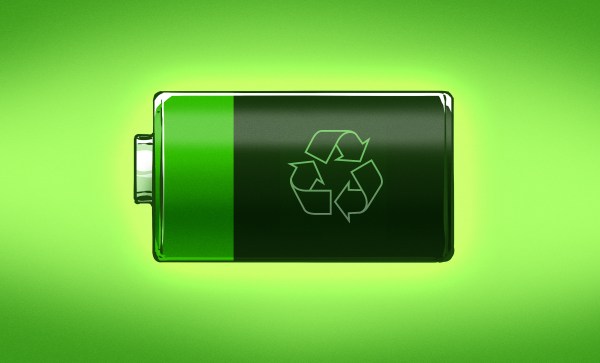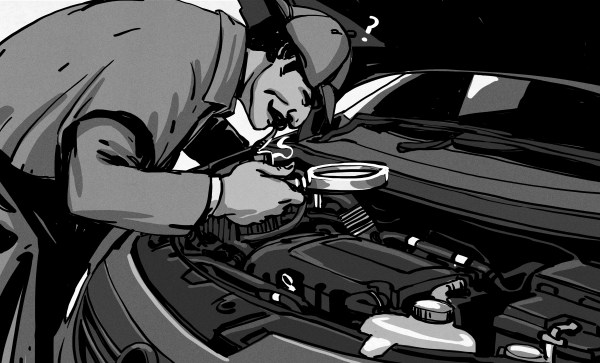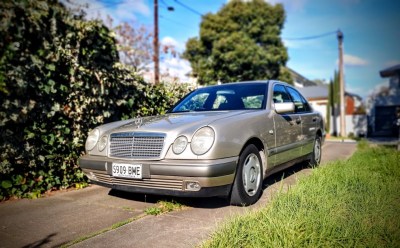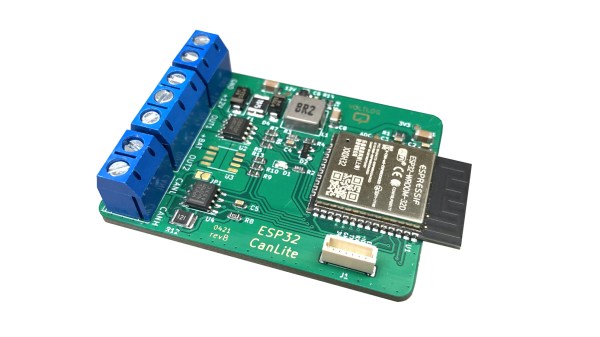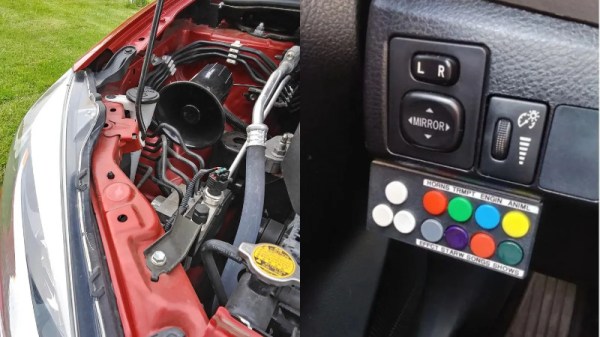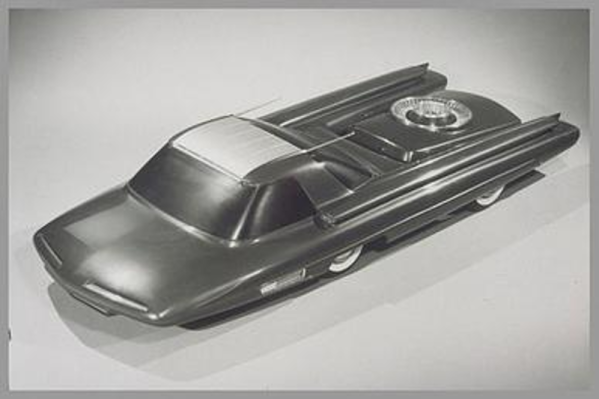Land speed racing is a pursuit of ultimate speed above all else. Most cars typically run on huge, flat salt pans, and racers run flat out for miles in a straight line, attempting to push their machines to the limit. Like most motorsports, the history of land speed racing has traditionally been centred around internal combustion, but electric racers have long been out there chasing land speed records as well.
The Need For Speed
At the most famous land speed trials, such as Bonneville’s Speed Week, speed runs take place over miles and miles of open salt, with timing traps along the way to determine competitor’s speeds. These tracks are long enough that acceleration is of little concern, which is of great benefit to electric runners. Additionally, only one or two runs is required to set a record. This means that heavy batteries aren’t always needed, as the distance a competitor must travel is short, and even if the batteries are heavy, it doesn’t excessively affect top speed.
With an eye to that, land speed competitors in electric classes are typically classified into weight classes. This is due to the fact that bigger, heavier battery packs can deliver more current, and thus potentially have a performance advantage over lighter vehicles. Thus, typical classes run by most salt flats competitions involve the E1 class, which allows for vehicles under 1100 lbs, the E2 class, for vehicles up to 2200 lbs, and the E3 class, which is for anything 2200 lbs and above. The FIA also publish their own set of classes, again separated by weight, though to a much more granular degree.
Procedures for setting records vary depending on the venue and the record in question. Local records at salt venues like El Mirage can typically be broken with a single run faster than the standing record, while Bonneville Speed Week competitors must set a higher average speed across two runs on two consecutive days. FIA records differ again, and are perhaps the most stringent, requiring competitors to set a faster average across two runs in opposite directions, set within an hour of each other, to attempt to minimise the effect of wind on the result. Things can sometimes get confusing, as many FIA records, for example, are set at the Bonneville salt flats, but not actually in Speed Week competition or by Speed Week rules. Continue reading “Electric Land Speed Racing Can Be Lightning Fast” →

